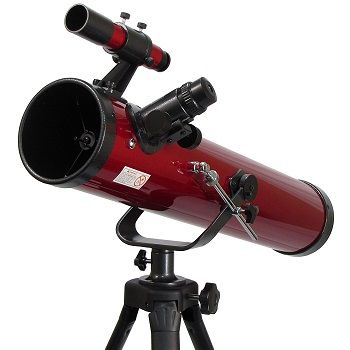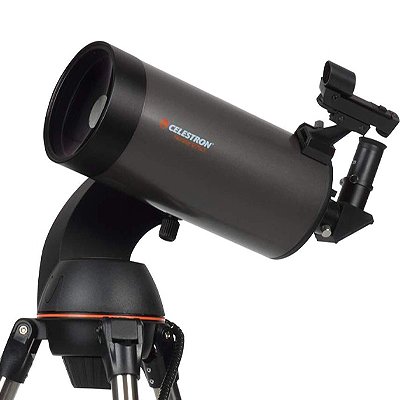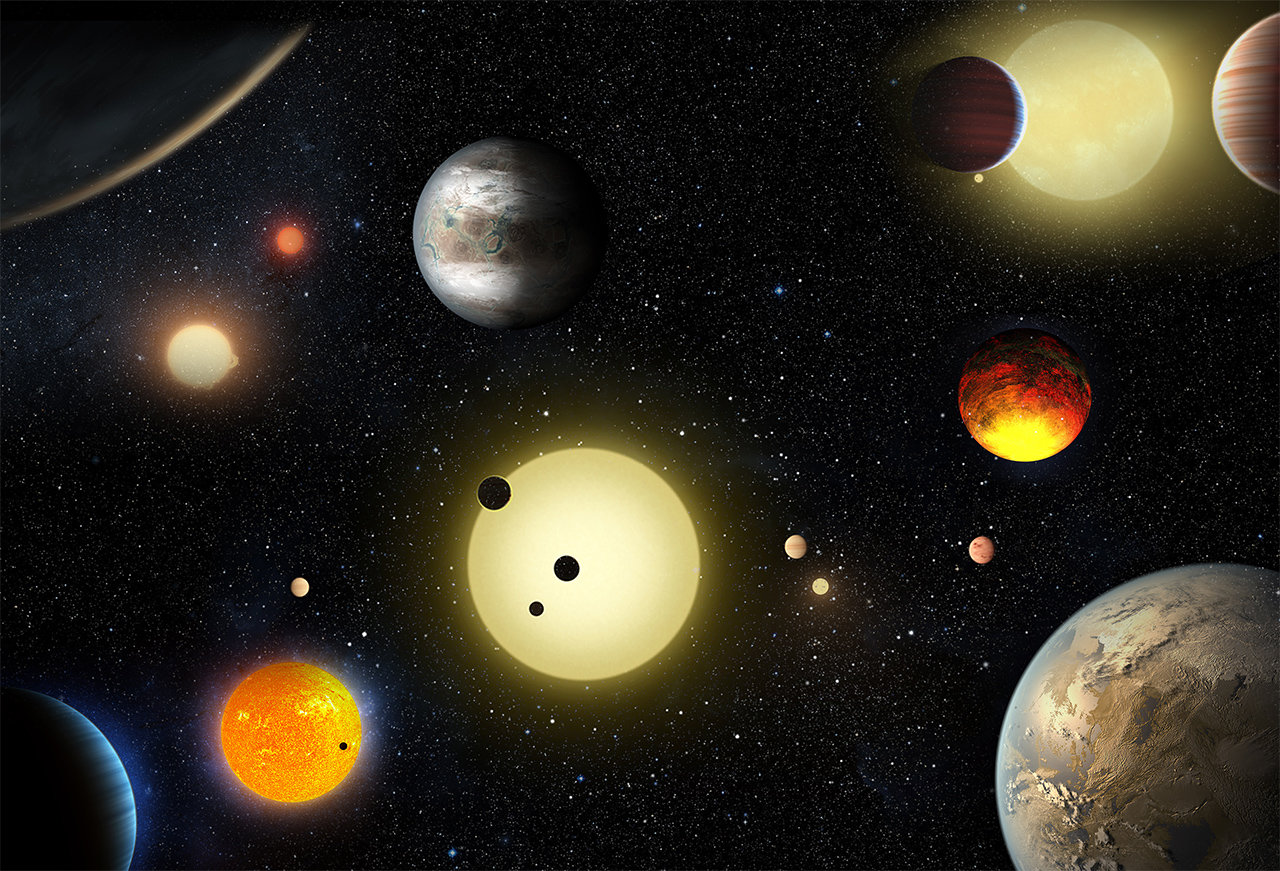

By comparing HD 36546's space motion to that for other stars in similar parts of the sky, the team showed that it is likely a member of a young association of stars born about 3 to 10 million years ago. The debris disk appears nearly edge on, is located about twice the distance from its star that the Kuiper belt is from the Sun, and is likely comprised of debris produced as a byproduct of icy planet formation. Last October, SCExAO revealed the first images of a debris disk around a star called HD 36546, a 2 solar-mass star in the constellation Taurus (Figure 3). Olivier Guyon excitedly.Īfter just a few nights of having achieved true extreme AO capability, SCExAO made its first discovery. "With SCExAO, we know not only the presence of a planet but also its character such as whether it is cloudy and what molecules it has, even if that planet is tens of trillions of miles away," says the leader of SCExAO project Dr. The most recent SCExAO/CHARIS data (obtained in December) suggests that the system has improved further, about as sensitive to detecting planets/planet-forming disks in one minute as the current facility AO systems would achieve in one hour. Credit: NAOJįollow-up SCExAO data obtained in Fall 2016 for HR 8799 with the new CHARIS integral field spectrograph resulted in even clearer detections of system's inner three planets and high-quality spectra that will allow us to diagnose the chemical composition of these planets' atmospheres. The orbital motion of the planets are apparent between these two images taken apart 11 years.
#Telescope to see planets near me software#
In each case, the final image is produced after combining many individual exposures and using additional software to remove the residual stellar halo light.
#Telescope to see planets near me plus#
However, SCExAO engineering data obtained in July 2016 coupled with the general-purpose HiCIAO camera easily detects all four of them and at a far better sensitivity.įigure 2: The star and multiple planet system HR 8799 at 1.6 microns with SCExAO plus the HiCIAO camera (left) and the Keck facility AO system coupled with the NIRC2 camera (right). Existing facility AO systems such as the one at Keck or Subaru Telescopes so far detected two or three out of the four planets at H-band.

The planets around HR 8799 are faint at H-band compared to longer wavelengths. SCExAO H-band (1.6 microns) data for the benchmark directly-imaged planetary system HR 8799, which hosts the first planets ever directly imaged, demonstrates the system's improved capabilities over facility AO systems (Figure 2). As a result, SCExAO now delivers far, far sharper images: with a reduced glare from the star, imaging fainter, more solar system-like planets becomes possible (Figure 1). Compared to the facility, multi-purpose AO system (AO188) at the Subaru Telescope, SCExAO is able to compensate more precisely for how the atmosphere blurs images of stars and does so at a faster rate. These planets are 4 to 13 times more massive than Jupiter and located further from their host star than Neptune is from our Sun.īeing an extreme AO system, SCExAO allows us to image planets with masses and orbital separations much more like those in our own solar system by better compensating for the blurring of images due to turbulent air at the telescope site.

The list includes two from the Subaru Telescope (kappa And b and GJ 504 b.

So far, about a dozen planets have been directly discovered by imaging techniques using current AO systems. With SCExAO, Maunakea reaffirms its leading role in the direct detection and exploration of other worlds, eventually those that may resemble that of the Earth. With the commissioning of a new instrument at the Subaru Telescope called SCExAO (Subaru Coronagraphic Extreme Adaptive Optics, link to SCExAO team's website link to SCExAO project website), specifically designed and optimized for imaging planets by employing experimental technology, joins recently commissioned extreme AO instruments in Chile and Arizona. While the first planets ever seen around another star were imaged from Maunakea, these discoveries were made with general-purpose instruments.


 0 kommentar(er)
0 kommentar(er)
